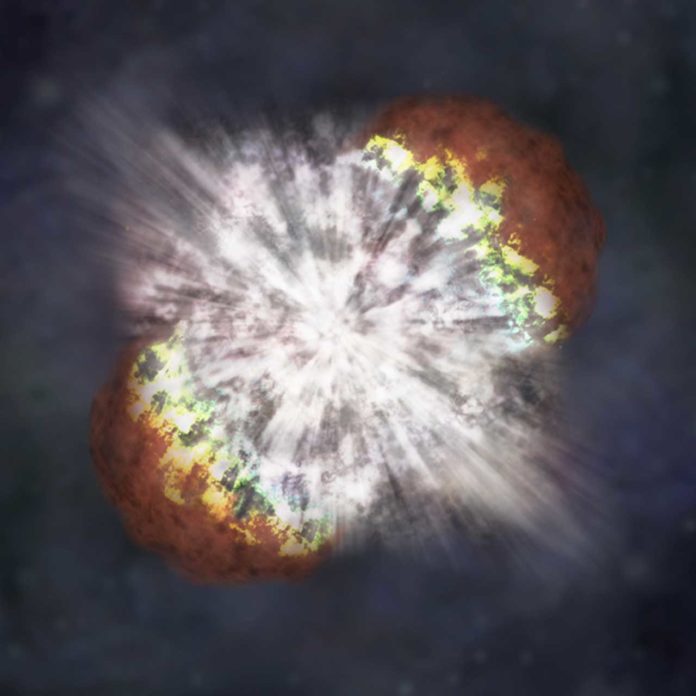In a supernova explosion, 99% of the dead star’s energy is emitted through neutrinos. Traveling almost at the speed of light and interacting exceptionally weakly with matter, neutrinos are the first messengers to reach the earth and indicate a star has died.
Neutrinos in a core-collapse supernova can undergo fast flavor conversions with a possible impact on the explosion mechanism and nucleosynthesis.
Scientists take a gander at neutrinos (subatomic particles) for critical data about supernova explosions. While past examination distinguished three “flavors” of neutrinos, many analysts kept on simplify studies on the subject by considering “vanilla” while ignoring “chocolate” and “strawberry.”
By including all three flavors in the study, Northwestern scientists unlocked more clues about how and why stars die. Scientists have come up with a deeper knowledge of dying stars and begun to unravel existing hypotheses.
Senior author Manibrata Sen, a postdoctoral researcher currently based at Northwestern under the Network for Neutrinos, Nuclear Astrophysics and Symmetries program at the University of California- Berkeley said, “Part of what makes studying neutrinos so complicated is they come from compact objects (the inside of a star) and then interact with one another. That means when one flavor is impacted, much like a melting tub of Neapolitan ice cream, its evolution is affected by all others in the system.”
“You can’t create conditions to have neutrinos interacting with each other on Earth. But in compact objects, you have a very high density of neutrinos. So now each neutrino is interacting with each other because there are so many around.”
“When neutrino density is high, a fraction of neutrinos interchange flavors, when different flavors are emitted in different directions deep within a star, conversions occur rapidly and are called “fast conversions.”
The study suggests that as the number of neutrinos grows, so do their conversion rates, regardless of mass.
For the study, scientists created a non-linear simulation of a “fast conversion” when three neutrino flavors are present. A fast conversion is marked by neutrinos interacting and changing flavors.
Scientists removed the assumption that the three flavors of neutrinos — muon, electron, and tau neutrinos — have the same angular distribution, giving them each a different distribution.
A two-flavor setup of the same concept looks at electron neutrinos and “x” neutrinos, in which x can be either muon or tau neutrinos and where differences between the two are insignificant.
Sen said, “We’ve shown that they are all relevant, and ignoring the presence of muons is not a good strategy. By including them, we show past results are incomplete, and results change drastically when you perform a three-flavor study.”
While the research could have significant implications in both particle and astrophysics, even models used in this research included simplifications. The team hopes to make their results more generic by including spatial dimensions and components of momentum and time.
Sen said, “We are trying to convince the community that when you take these fast conversions into account, you have to use all three flavors to understand it. A proper understanding of fast oscillations can hold the key to why some stars explode from supernovas.”
Journal Reference:
- Francesco Capozzi, Madhurima Chakraborty, Sovan Chakraborty, Manibrata Sen. Mu-Tau Neutrinos: Influencing Fast Flavor Conversions in Supernovae. Physical Review Letters, 2020; 125 (25) DOI: 10.1103/PhysRevLett.125.251801
